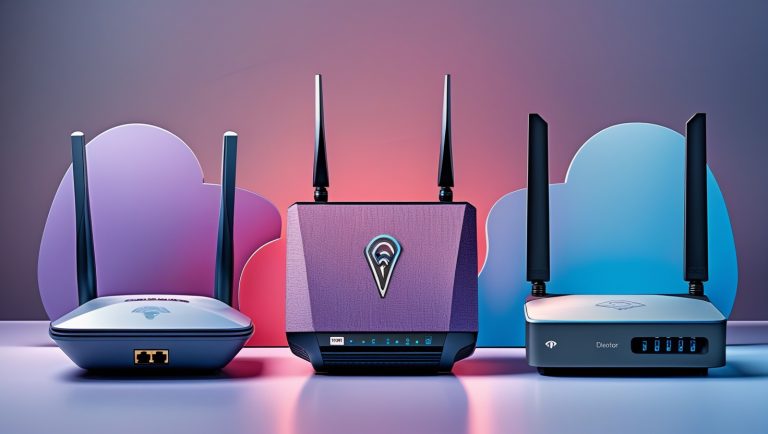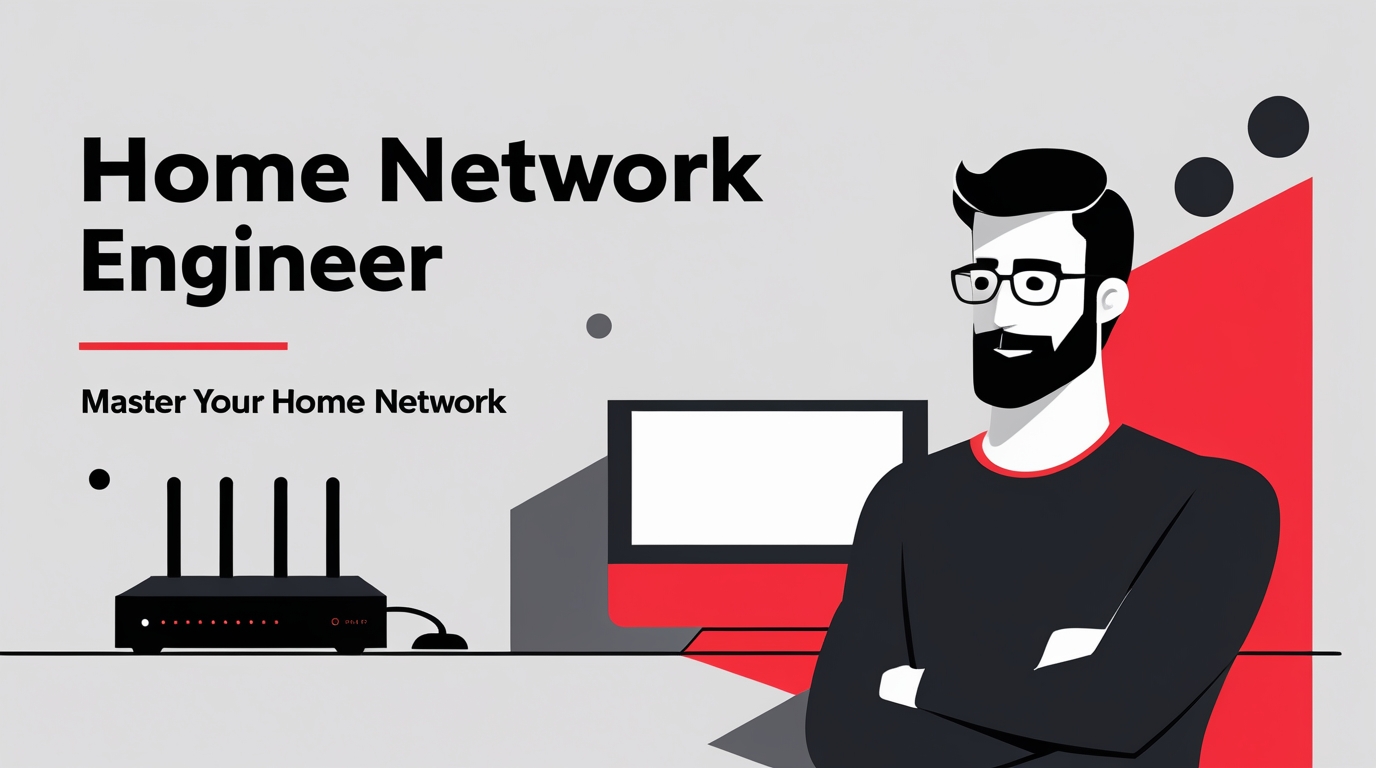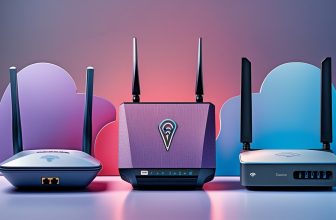Wireless Router Setup In Plain English
Alright, let’s roll up our sleeves. Time to set up the real MVP of your home network — your wireless router. This little box is what makes everything in your house talk to the internet, and it deserves a bit more love than just hitting the “EZ Setup” button and hoping for the best.
Why? Because when things break (and they will), you’ll want to understand what’s going on under the hood so you can fix it instead of staring at blinking lights like they’re trying to send you Morse code.

Here’s what we’re going to cover:
- Your admin login and password
- Your Wi-Fi network name and security passphrase
- IP addresses (your router’s “street address” on the network)
- DHCP (the magical auto-assigner of addresses)
By the time we’re done, you’ll not only be connected — you’ll actually know what you’re doing. 🚀

What a Wireless Router Really Is
Think of your wireless router as three devices packed into one box:
- Router – the traffic cop that connects your private home network (LAN) to the big wide internet (WAN).
- Switch – the behind-the-scenes power strip for wired devices, letting multiple gadgets plug in via Ethernet.
- Wireless Access Point (WAP) – the part that blasts out the radio waves your phones, laptops, and smart gadgets cling to.
And here’s the secret sauce: your router’s IP address is like its home address. Usually something like 192.168.0.1 or 192.168.1.1. That’s what you’ll type into your web browser to change settings. If you don’t know your exact login, don’t panic — most routers use a combo like admin/admin or admin/password. Worst case, it’s on a sticker under the router.
Wireless Router Configuration – A To Z
Step 1: Kill the Old Router (If You Have One)
If you’re replacing an old router, unplug it. Don’t let two routers duke it out. Restart your modem and your computer so you’re working with a clean slate.
Sometimes your new router ships with a slightly different IP than what your computer expects, which can cause them to ignore each other. Quick fix: plug your computer directly into one of the LAN ports (not the WAN port), reboot, and DHCP should give your computer a fresh IP that matches your router.
If it doesn’t, no big deal — just set a temporary manual IP like 192.168.2.2 if your router lives at 192.168.2.1.
Step 2: Log Into the Router
- Fire up your web browser.
- Type your router’s IP address into the address bar.
- Use the default username and password (admin/admin, etc.) if it’s brand new.
Pro tip: some routers even have shortcut links like router.asus.com or routerlogin.net. Handy.

If you see a “Setup Wizard,” you can either let it run or skip it. I recommend skipping — you’ll learn more and have full control.
Step 3: Lock Down the Admin Login
This is not your Wi-Fi password. This is the key to the control panel of your router. Leaving it set to “admin/password” is like leaving your front door unlocked with a sticky note saying “Come on in!”
- Go to Administration or System Settings.
- Change the username and password.
- Make it long, messy, and not guessable.
1LovePizza!?beatsILovePizza.
Write it down somewhere safe. If you forget, you’ll have to reset the router and start from scratch.
Step 4: Create Your Wi-Fi Network
Time to name your Wi-Fi (your SSID). Skip the obvious stuff like “The Smith Family Network” unless you want your neighbors to know exactly whose internet they’re trying to steal. Fun names like “HotFudgeSundae” or “FBI Van 3” work great.
Then, set your Wi-Fi password. Make it long and unique. A sentence with numbers works wonders:MyDogOnlyBarksAtTheMailman77
Finally, choose WPA2 or WPA3 encryption. Do not pick WEP — it’s basically duct tape holding your door shut.
Step 5: Router IP Address Settings
Most people can leave the router’s IP alone. It’ll usually be 192.168.0.1 or 192.168.1.1. If you want to customize it (some do for “extra security”), go to the LAN settings in your router. Just don’t get too creative.
Step 6: DHCP – The Automatic Address Giver
DHCP is what hands out IP addresses to every device in your house. Think of it as the host at a restaurant handing out table numbers.
- Go to the DHCP Server settings in your router.
- Turn it on (usually it already is).
- Set a range like
192.168.1.2to192.168.1.101. That gives you 100 devices — more than enough for most homes. - Set the default gateway (your router’s IP) and DNS server. For DNS, you can use the router or a public one like Google’s
8.8.8.8.
Want a printer or Xbox to always keep the same IP? Use DHCP reservation. That way, the device always gets the same “table number” without you manually assigning it.
Step 7: Save Your Config
This step gets skipped way too often. Once everything is humming, save a copy of your router’s config. That way, if something goes haywire later, you can restore it instead of rebuilding from scratch.
Wrap-Up
Congrats 🎉 You’ve just set up your router like a pro. You didn’t just click “Next, Next, Finish.” You actually learned why things are set up the way they are.
From here, you can start tweaking advanced settings — like QoS, guest networks, or even mesh nodes — but the foundation is rock solid.
Your Wi-Fi is ready for prime time.
More Wi-Fi 🧠 Brainiac Tips!
Three Consumer-Grade Wireless Routers Built with Security in Mind
Working On The Go? Don’t Make These Mistakes
Deco BE63 vs eero Pro 7: Which Wi-Fi 7 Fits You?
Stop Hackers – Lock Down Your Home Network With Firewalla
Speed Up Your Wi-Fi Without Losing Your Mind
Is It Time For Wi-Fi 7?
Home Network Engineer Course
✅ You’ll Be Able To:
- Fix Wi-Fi and device problems fast – Know what’s wrong and how to handle it
- Speed up your connection – Boost coverage, kill lag, and reduce dropouts
- Lock it down – Protect your network from freeloaders and shady devices
- Upgrade with confidence – Know what gear to get (and what to skip)
- Stop second-guessing yourself – Never be scared of a blinking router again













